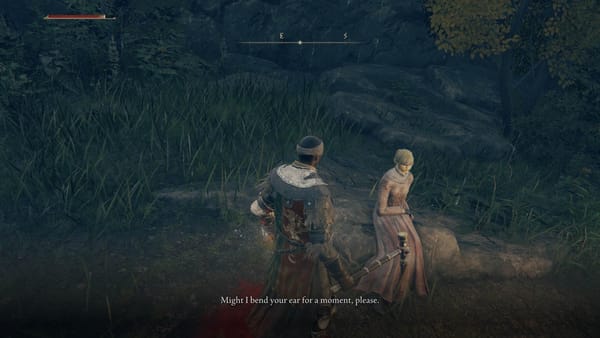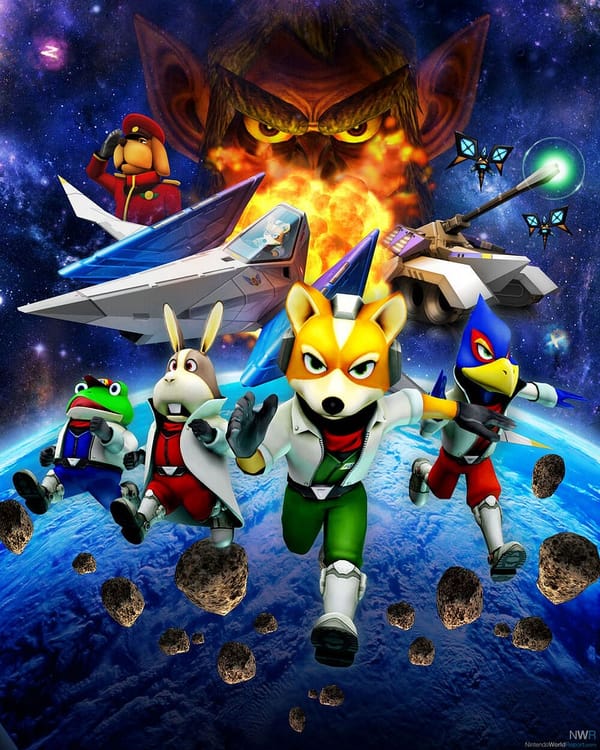Tackling the Backlog, Issue 7 — Winter’24
A Dive into the Games I’ve Been Playing in the First Quarter of the Year
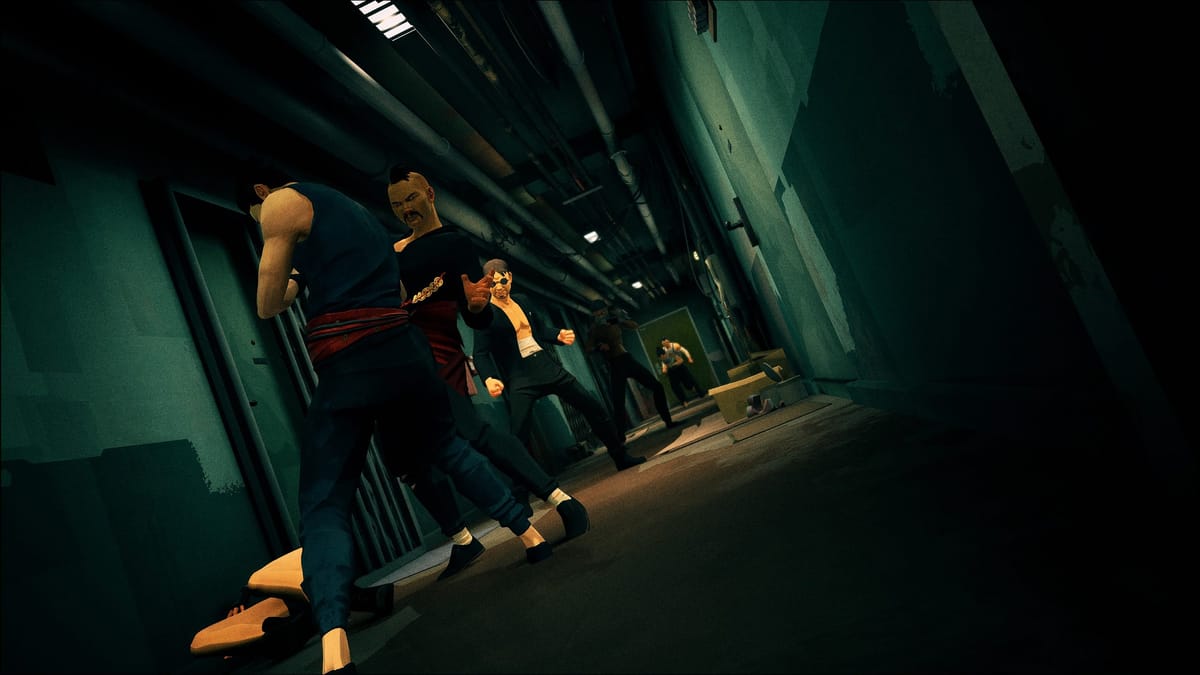
With 2023 well out of the way, this end of winter has led me to a small handful of games that entered my already extensive library at the beginning of this year. I finished two games in January, nothing in February, and spent most of my March playing games that don’t have concrete endings. Nevertheless, I’ve played enough of these games to sit down and reflect on them sometime later. So, here’s my year so far.
All images are screenshots taken by the author unless stated otherwise.
“Life is your teacher”
Adding Sifu to my library was one of the most monumental things I could’ve done to start the year. Not only is it one of the most visually stunning games I’ve ever seen, but the way that combat and story blend is nothing short of a masterpiece. The game begins on a dark, rainy night. Yang, the player’s character for the tutorial, is attacking a dojo in China. Enemies fall to the wayside, pawns for the player to use to learn their way around the game. The last obstacle is Yang’s master, the man who taught him everything he knows about martial arts. Yang and the master go toe to toe, eventually striking him in the chest so hard it causes a heart attack. The only person left in the room was a small child who saw everything while hiding. The kid takes a blade to the throat but miraculously lives because of the very artifact Yang raided the dojo for — a magic talisman that grants multiple lives. And thus, the game begins.

Twenty years pass, and the game is open for the player to tackle with five stages laid out in order. The gameplay loop revolves around the talisman that kept the child alive, providing them with another chance at life every time they die. The drawback is that death results in aging a year, and to make matters worse, every death the player experiences can stack, meaning that repeated deaths will accelerate the aging process. This can be lowered by defeating strong/groups of enemies but cannot be reversed without starting the entire level over. The other layer to this is that each death screen acts as a pause that lets the player spend experience points on the skill tree to unlock skills up to five times to the point of unlocking them permanently. Also, every ten years leads to a decrease in overall health but an increase in damage output. This difficulty tied to life is what makes Sifu so difficult and unique. Every punch, parry, and dodge matters. Every takedown matters. Every jade dragon shrine that offers permanent upgrades (unless you decide to restart the level) matters. Every decision is crucial, and it’s exhilarating.

The game’s aesthetic is heavily influenced by martial arts films, and the game demands that you be the action star behind it all. Skillfully reacting to enemy attacks, memorizing boss patterns, and using the experience points gained for defeating enemies to expand your moveset are all integral in becoming a true martial arts master. The game’s five levels consist of:
- The Squats — a former industrial district turned drug-running operation by Fajar, owner of the wood talisman, and the same man who slashed the protagonist’s throat at the beginning of the game
- The Club — a night club that doubles as a martial arts arena for disciples of Sean, owner of the fire talisman.
- The Museum — an art gallery owned by Kuroki, owner of the water talisman.
- The Tower — a corporate office headed by CEO and wealthy businesswoman Jinfeng, owner of the metal talisman.
- The Sanctuary — a healing place for the terminally ill, run by Yang, owner of the earth talisman and murderer of the protagonist’s father at the beginning of the game.
Each area is distinct in a handful of ways, but the most striking to me was the visuals. In a game where hardly anyone talks, the story is delivered masterfully. When the player enters the ramshackle that is The Squats there’s a clear absence of color. The camera pans down from the city skyline, showing dots of greenery about the buildings, then coming down to the dirty greys and browns that make up the buildings. As the player progresses through the level, green becomes more and more apparent. Vines grow out of the walls and plants are on ledges; the paint on the walls is green, bags of money sit on the floor, and the room where Fajar’s drug is harvested is a stark green with bamboo shelving. This all culminates in the boss room, a greenhouse where Fajar waits silently with a purple flower. In his second phase, the greenhouse turns into a bamboo forest devoid of any urbanization. This use of color and layout shows the control that Fajar gradually gained over The Squats since the incident in Sifu’s opening, how it went from your typical urban town to a slum wrapped in his vines. This is brilliant environmental storytelling that the subsequent levels follow in their own ways.
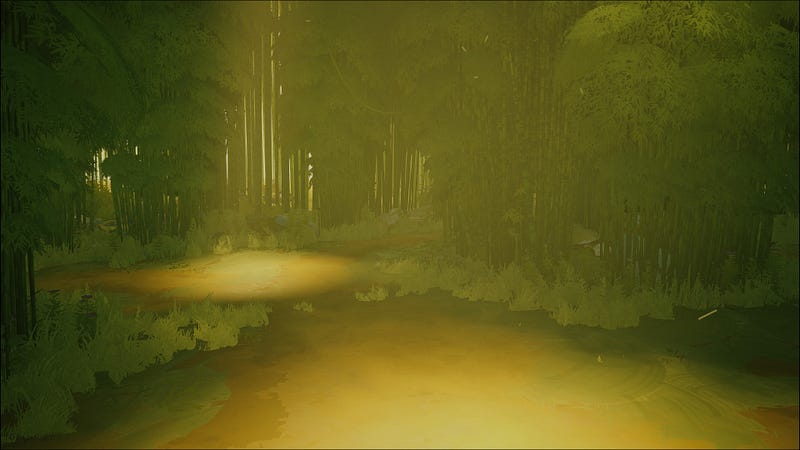
The Club bounces back and forth between red and blue, symbolizing the shadow that fire casts as well as the fact that Sean’s underground arena isn’t exactly something to be advertised in broad daylight. Those who are accustomed to this life can rest easy in their coolly lit rooms, while those who struggle sit beneath red strobe lights. The Museum’s colors move like the tides with the use of black, white, and blue, representing Kuroki’s struggle with her identity that is shown even more in her second phase and in a secret room that depicts the death of her twin sister. The Tower is a gold pillar that represents the structure and authority Jinfeng holds, and the secrets that lie beneath the building are masked in a dim, golden shade that goes to even further highlight how well Jinfeng has kept the truth behind the talismans a secret. Finally, the Sanctuary is aesthetically a stark contrast from the rest of the game. The skies are clear, the entire area is white, it all exudes an unsettling serenity. Even the final battle against Yang throws everything that the player knows about combat in this game out the window, turning it into a battle of wills. It’s intense and frustrating, and while I beat it after dozens of tries, I failed to get to the main idea of the game.
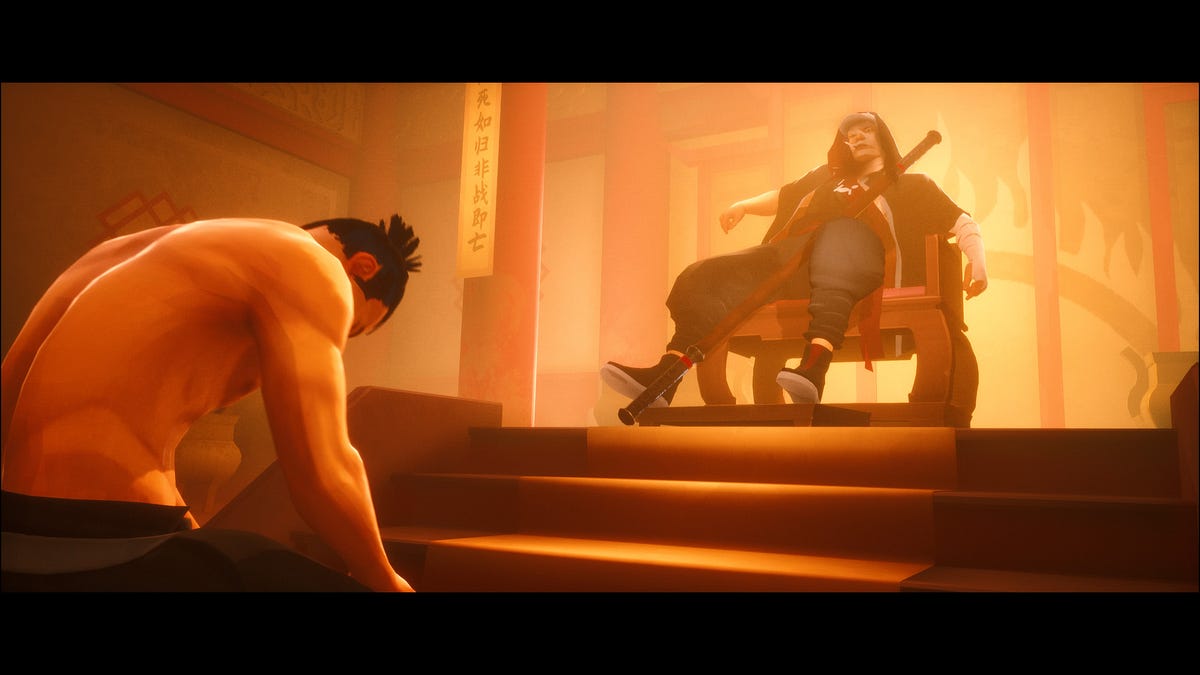
Sifu is about attaining Wude — a balance of emotion and wisdom. If Yang or any of the other bosses are defeated in battle, then the point is entirely lost and the cycle repeats. This mission of vengeance has seen itself through and the protagonist hasn’t grown, hasn’t understood the selfish desires behind the talismans and why they were meant to be hidden away in the first place. I didn’t learn until about 25 hours into my time with the game that I could spare each boss and not just Yang, but the path to that is harder than it is to just defeat them. It means showing calculated restraint against your enemies when the rush of combat feels so good in a game like this, and purposefully so. It’s supposed to be challenging to stop everything you’ve been doing and make a complete 180 against the most brutal enemies. I have yet to go back and spare everyone past Fajar — I burnt myself out fairly quickly in my 26-hour stint back in January. Perhaps I’ll go back one day to see if I’ve still got it in me. In the meantime, Sifu sits accomplished as far as I’m concerned, but I’d be lying if I didn’t say that the alternate ending sits in the back of my mind.
“The Star Road is back to normal!”
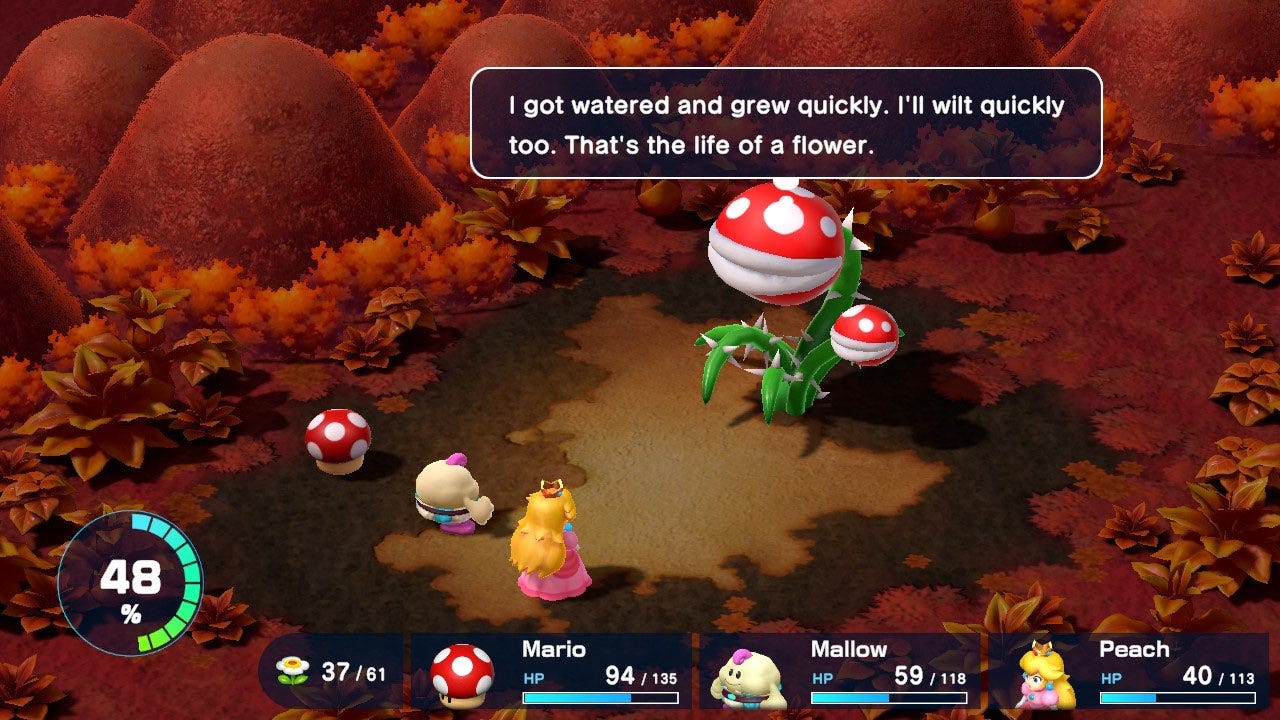
Honestly, there isn’t much for me to say about Super Mario RPG that wasn’t said already in the last issue. I regret that it took me so long to finish it, but I’m glad that the time I did spend actually on it was short and sweet. I debated going back and replaying it under some self-imposed rules, like having Mallow be a physical attacker instead of using magic, but more thought led me to the conclusion that that wouldn’t be as fun as doing that in a more intricate RPG.
The story is simple: A foreign, evil presence named Smithy has come to Mario’s world to get rid of wishes and fill the world with sentient weapons. Mario and his friends must stop Smithy and his gang by collecting the seven stars, repairing the Star Road, and defeating Smithy once and for all.
This game is full of quirky dialogue and side quests. It has some of the most interesting character designs I’ve seen in a Mario brand RPG. This, combined with Paper Mario: The Thousand Year Door makes me think fondly of the attention to detail that Nintendo’s developers used to put in their character designs to broaden the world of Mario rather than the ones we get today that continue to recycle the same designs and rely on dialogue to make them stand out.
I enjoyed this game for what it was to me. A short, breezy RPG with engaging combat that I could pick up and play whenever to pass the time. The soundtrack is stellar, boasting fully orchestrated mixes and legacy versions of each track from the original Legend of the Seven Stars. Combat makes itself interesting by having chain attacks and blocks that rely on button timing, a Gauge that charges with each successful attack or block to unleash a special move, and a unique feature to grant bonus experience into one of three choice stats upon leveling up. I never found myself in dire straits with this game. There was never a need to grind in order to prepare for the next boss fight. I used items heavily to dispel myself from the gamer trope of hoarding all of my items until the end worrying about “What if I need it later?” One of the updates to this remake allows for boss battles to be replayed as post-game content, as well as the game providing hints about where things that weren’t completed are in the world. While I have no plans to go back to Mario RPG anytime soon, I’m glad that these options are available for players who want to challenge and unlock everything.
Demos, demos, demos!
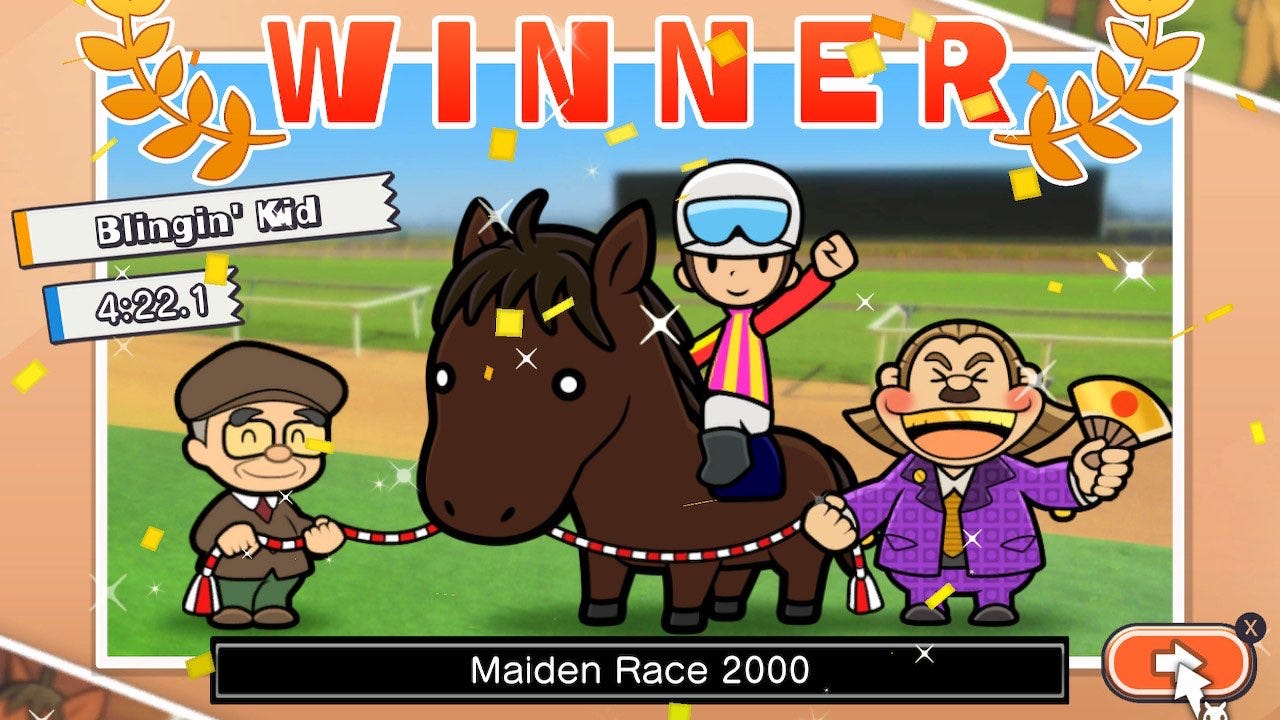
Princess Peach: Showtime!
Princess Peach: Showtime! isn’t my kind of game, but it was an entertaining hour when I sat down with the demo. It’s very short, introducing the player to the first two levels and conveying the main gameplay loop. Each stage is made up of different ‘Plays’, and this is where the various costumes comprise the advertising for Princess Peach: Showtime! come into play. The costumes provide different powers and themes for each stage. The two in the demo — Swordfighter and Patisserie — have two completely distinct gameplay styles. Where Swordfighter is a hack-and-slash level, Patisserie is a short stint of baking-themed mini-games. These were surprisingly fun, and if I ever decided to play the full game, I would definitely use it as a pass-the-time game. I’m not the target audience, and that’s ok!
Pocket Card Jockey: Ride On!
To my surprise, Pocket Card Jockey: Ride On! had a pretty extensive demo. The game was surprisingly detailed, with the bulk of its gameplay revolving around quick, short rounds of solitaire to give your horse more energy and better positioning throughout the race. The races are split into different divisions depending on whether or not the player gets first place in the previous race, and each series of races takes up an in-game year. This is important because each horse stops gaining experience in its fourth year, ideally incentivizing players to keep riding new horses to progress further through the game. The horses have different stats that affect how players approach things like position on the track and which lane to ride in, and there are purchasable items that alleviate some of the difficulty of solitaire. There’s also a feature where the horses you can ride depend on your wins and losses, and losing too many races results in sponsors not wanting to sell the player horses anymore.
Pocket Card Jockey’s solitaire is a break from the traditional game — there’s no ability to move stacks, instead treating the cards on the bottom like a large series of small stacks. The rounds are quick and timed, and losing a round is extremely detrimental to the horse’s stamina and mood.
I never played the 3DS version of Pocket Card Jockey, so this was a welcome endeavor after hearing its praises sung on the “Kit and Krysta Podcast.” The demo ended abruptly after I spent a little under and hour racing. I appreciate how in depth it is for a $15 game, and it reminded me how cute and fun Game Freak’s games can be when they aren’t focused on Pokémon.
Unicorn Overlord
Unicorn Overlord was a game that, to me, came out of nowhere with a slew of praise. This year’s hot, new, 2D strategy RPG seems to have been put out by Vanillaware and Atlus instead of Square Enix, and it came out swinging with its fresh take on turn-based combat. This demo was by far the most fleshed out that I played and blew other RPG demos out of the water.
A few years ago, I played the demo for Project Triangle Strategy (a game that would retain every part of its name aside from “Project”). The game’s premise was interesting, bringing combat akin to Final Fantasy Tactics and having an intriguing world and story mechanic that depended on the player’s choices. The demo, however, was lackluster in that it mostly consisted of story content with a few short battles in between. With no strong taste for the combat for me to latch onto, I kept the game off my radar and didn’t give it any more thought. A year ago, I played the Final Fantasy XVI demo, consisting of the first 2 hours of the game, including plenty of cutscenes but also a lengthy section towards the end, including a stellar boss fight with a dragoon. A step in the right direction, but it was victim to a very slow progressing first hour. Fast forward to now, when I’ve been playing the demo for Unicorn Overlord and was surprised by the sheer amount of available content. Amounting to nearly seven hours, the game opens itself up immensely with detailed tutorials, an immersive narrative with engaging side quests, and a lengthy roster of characters readily available to recruit and use. Even more interesting was the play timer that the demo has in the start menu that lets the player know how much more time they have left. It’s genius!
The story of Unicorn Overlord is pretty in line with a typical high fantasy JRPG; our blue-haired-lord protagonist has to team up with his over-leveled Knight, pious healer, melee focused best friend, and the rest of the ragtag bunch that joins the party as the game goes on. Together, they aim to free the land of Fervith from the evil hands of Zenoira. For what it’s worth, the execution of the story is actually quite entertaining, and every character feels fleshed out from what I could play.
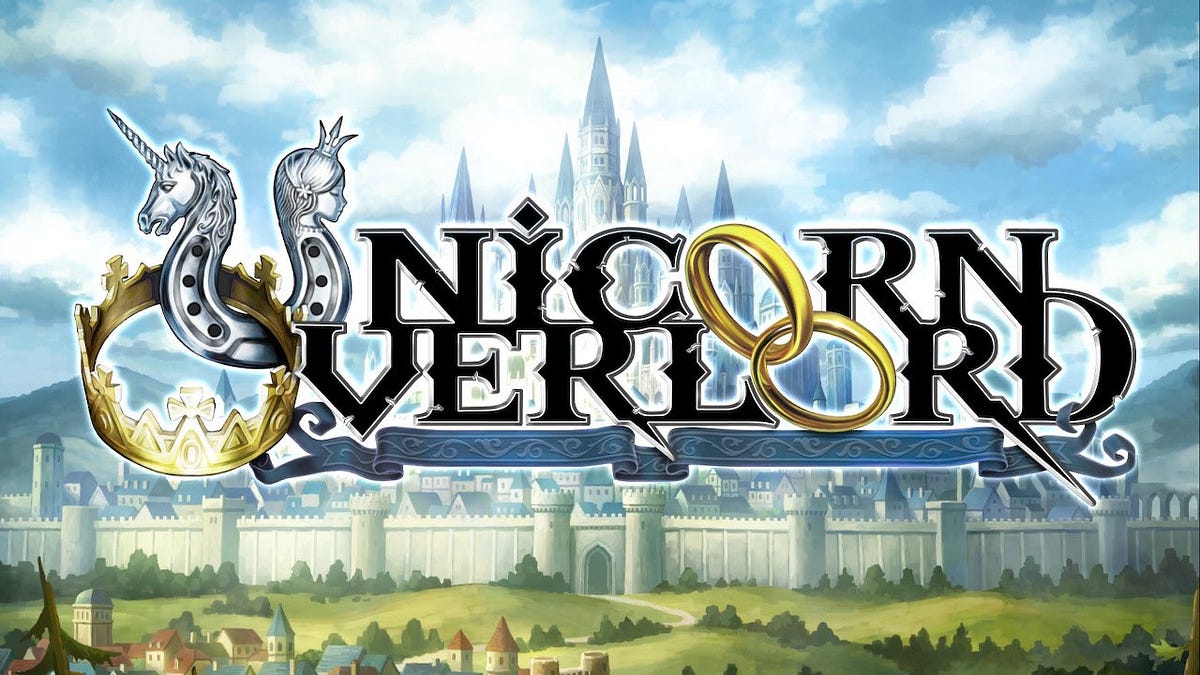
The opening cutscene shows the death of Queen Irenia (the main character Alain’s mother), functioning as the simplified tutorial that teaches the player how to move and attack. Rather than each character functioning individually, they operate in one-to-six character groups called “Units.” Each character in the unit moves in initiative order for their attacks and go until they run out of Action Points or one side falls. Units also have access to passive skills that are triggered whenever certain conditions are met, having the ability to do things like reduce incoming damage, heal before the end of a turn, gain an extra attack at the end of a turn without costing any resources, and so on. In typical SRPG fashion, tutorial content from here is drip-fed to the player through missions, each one highlighting a new class available to the player and subsequently allowing that character to join the main party. Each new class is readily available by recruiting each corresponding character per chapter, as well as being able to hire mercenaries from the Barrackses that are spread across the map. These allow for no class to go unused and make for characters that players can build on their own.
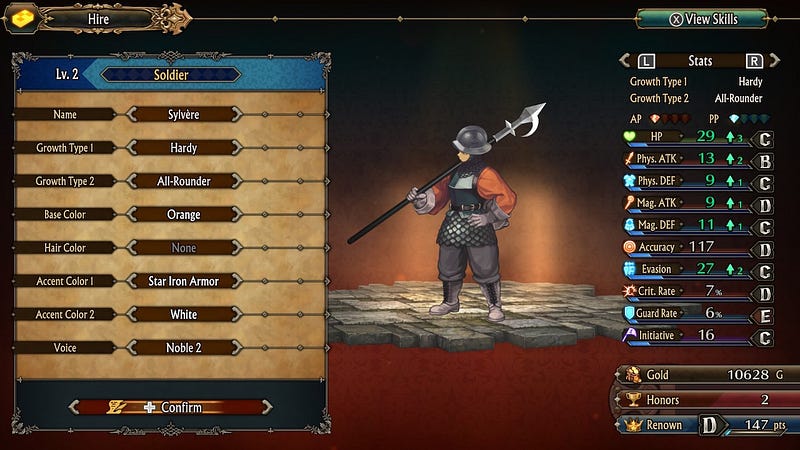
What stood out to me the most about this game was its treatment of time. Rather than actions being turn-based on an abstract checkerboard, Units move freely around a map and go into combat when they make contact with an enemy unit. At the top of the screen is a timer that depicts how much time is left in the stage, and the game can be paused at any point outside of combat to determine movement direction, use items, or use Valor Skills, special skills that require points gained through defeating enemies and capturing Garrisons. The timer at the top provides a new kind of pressure that is foreign to other RPGs, considering that the main iteration of a timer has usually been a turn limit. The pressure is always on, and it’s a fun feeling.
There are plenty of other features in this game that make it feel more and more immersive. Characters can be tentatively garrisoned in Towns and provide free resources after completing a certain number of battles, characters can have conversations with each other after enough working together, and the game is full of small side quests and teaching opportunities to engage and educate the player. Unicorn Overlord is an impressive game from what I’ve gotten out of these few hours alone, and I’m excited to give the full game a try somewhere along the line.
Editor’s note: The memories portion of this essay was never written, as none of the games on the list were completed.
Wrapping Up
There were a few other games I touched on over these three months. My girlfriend and I finished L.A. Noire, and it was an exciting conclusion to a journey that took months too long for us to sit down and finish. I tried Palworld and didn’t like it (nothing about it stands out to me), and Helldivers 2 has become my new game to pass time in the evenings. I’ve revisited Animal Crossing: New Leaf and have had fun checking in on my town every morning. With spring on the horizon, it seems like this year’s big open-world games have entered the fray to occupy the warmer months. Right now, I’ve been invested in Dragon’s Dogma II, and I plan on investing more time in handheld titles.
Thank you for reading! If you want to see more of my work, I have articles on SUPERJUMP as well! I also keep track of every game I play on my backlog spreadsheet here.


